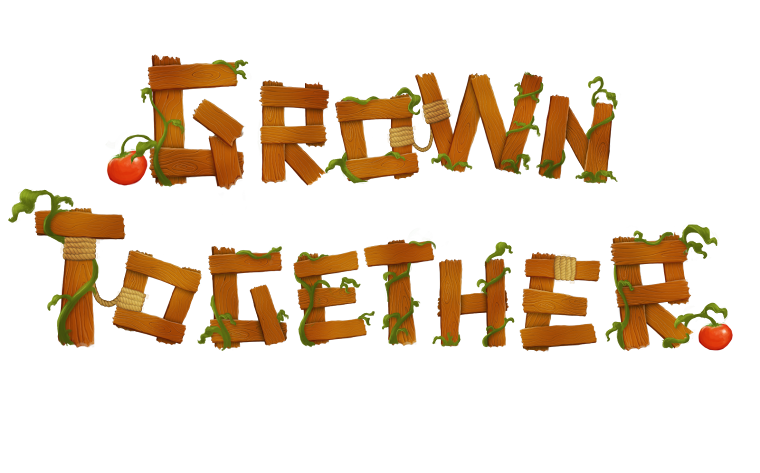Heya folks!
How have you all been doing? hope you’re ready for another post!
This time we have a little riddle for you guys.
What does a 3D character and a sailboat have in common?
Figured it out yet? The answer is - Both of them need a rig to make them move.
So what is a rig?
Ok, so technically the answer wasn’t completely true.
To a certain degree things can move in 3D space even without a rig.
But that would only allow them to move and rotate stiffly as one unit.
Obviously organic characters have different parts that move almost individually like arms, legs and so on. That’s where a rig comes in handy. A rig is kind of a system or mechanism if you will, that drives different parts according to their purposes. It’s the skeleton that makes it possible to move said parts.
How does it work?
We could go on and on about definitions and purposes of a rig but here’s a quick review of how the rig works for organic objects in the 3D world instead:
- So first we have the Object - modeled in all its glory and ready for animation with a great complex topology.
- Then we place the control objects, which are called bones or joints.
- Now we attach the object to the bones by painting areas of influence on the object for each bone. This process is called weight painting or skinning. (in the example below, this process is done automatically).
- And now watch the magic.
Character rigging
So far it’s been simple enough, right? Well, truth is rigging can be quite technical and complex, And it’s certainly not something that is done by the press of a button. It should be meticulously planned, researched and tested to get a good result. Here is a sneak peek at the planning process and the fully constructed rig for our character Abe:
Luckily there are tools that make the job a little bit easier with a few shortcuts. In order to rig our characters we used the Rigify add-on for Blender written by Nathan Vegdahl and enhanced at PitchiPoy Animation Productions. Thanks to Gilad and Dima for making this tool and their assistance available to us.
Organization and control
In the picture above it doesn't seem too bad, but in fact there are over 600 joints in this rig.
If we had to control the characters with this much clutter in the rig it would be a real pain.
If we had to control the characters with this much clutter in the rig it would be a real pain.
Luckily we don’t have to, because every good rig has widgets that are called controllers.
The controllers make it possible to control the rig from the outside.
This makes the rig much cleaner and makes it a lot easier to animate, especially since we can hide and reveal the controllers we’re working with whenever we please.
Now we can finally move our character!
This makes the rig much cleaner and makes it a lot easier to animate, especially since we can hide and reveal the controllers we’re working with whenever we please.
Now we can finally move our character!
So this about sums it up. We gave you just a little taste of what it is to rig a character. This is a crucial step in the making of a 3D animation of any kind. It applies to characters, objects and more often than not to lighting and cameras as well. We hope this post has been interesting for you despite the possibly confusing subject.
Next time we’ll be taking a look at something you have all been probably waiting for for quite some time - Animation pipeline and workflow! Please share the love, like us on Facebook and comment on our posts :)
Keep rockin’!













































